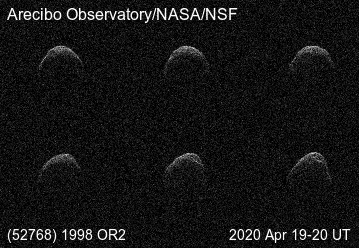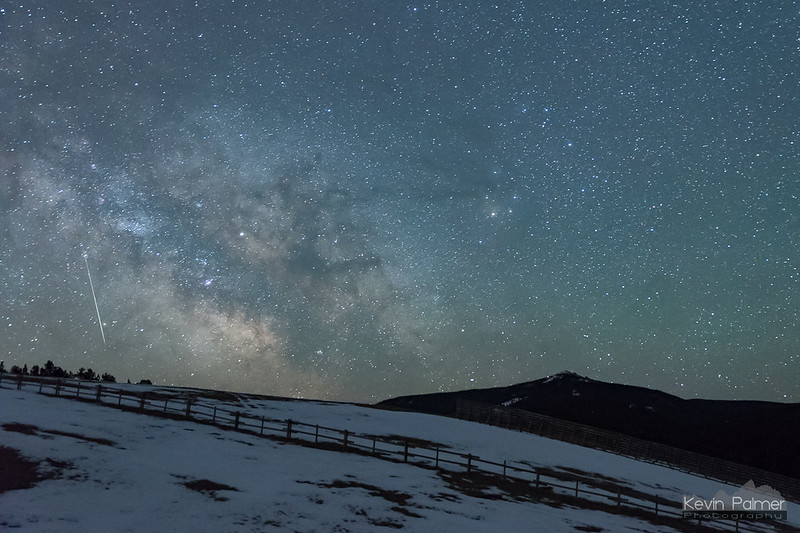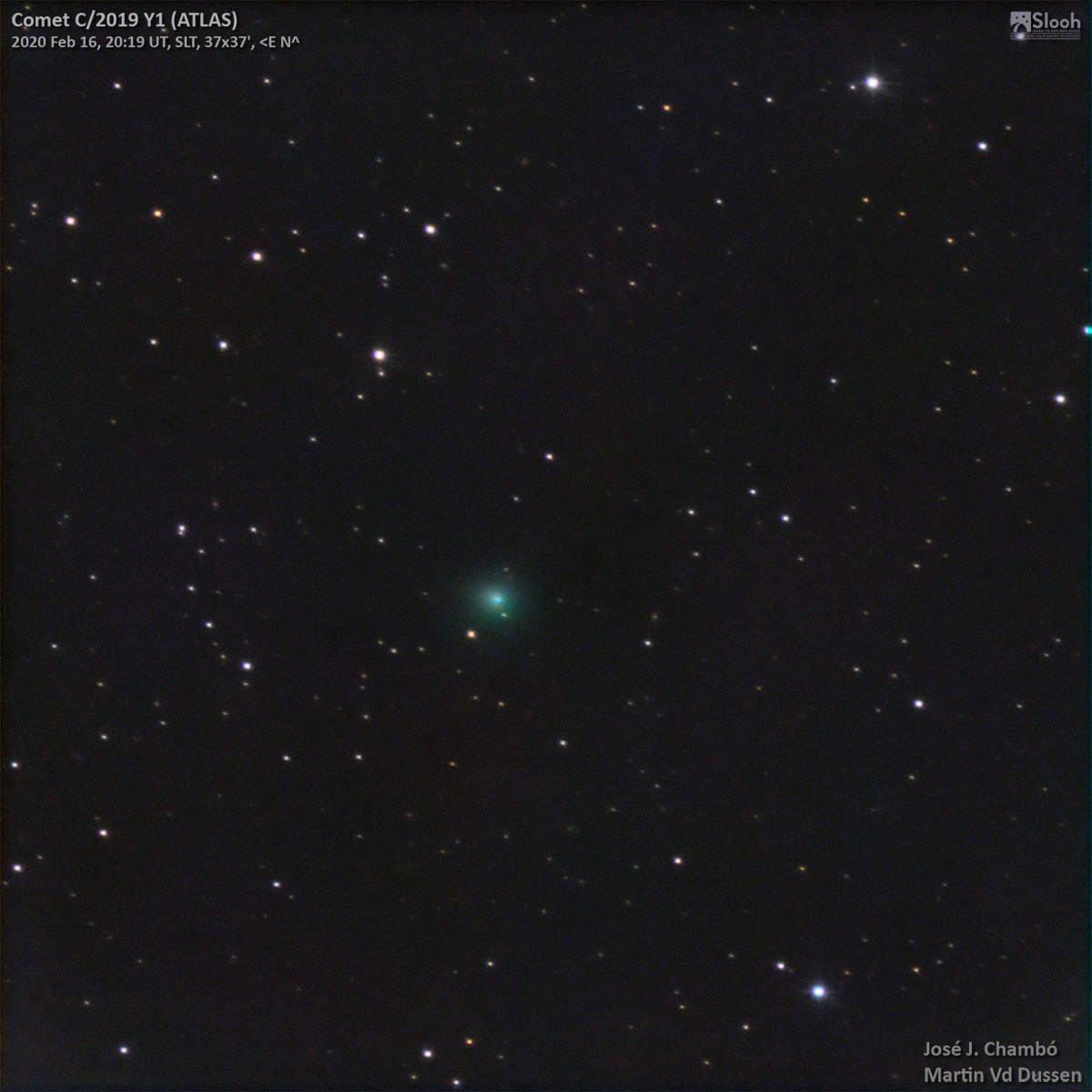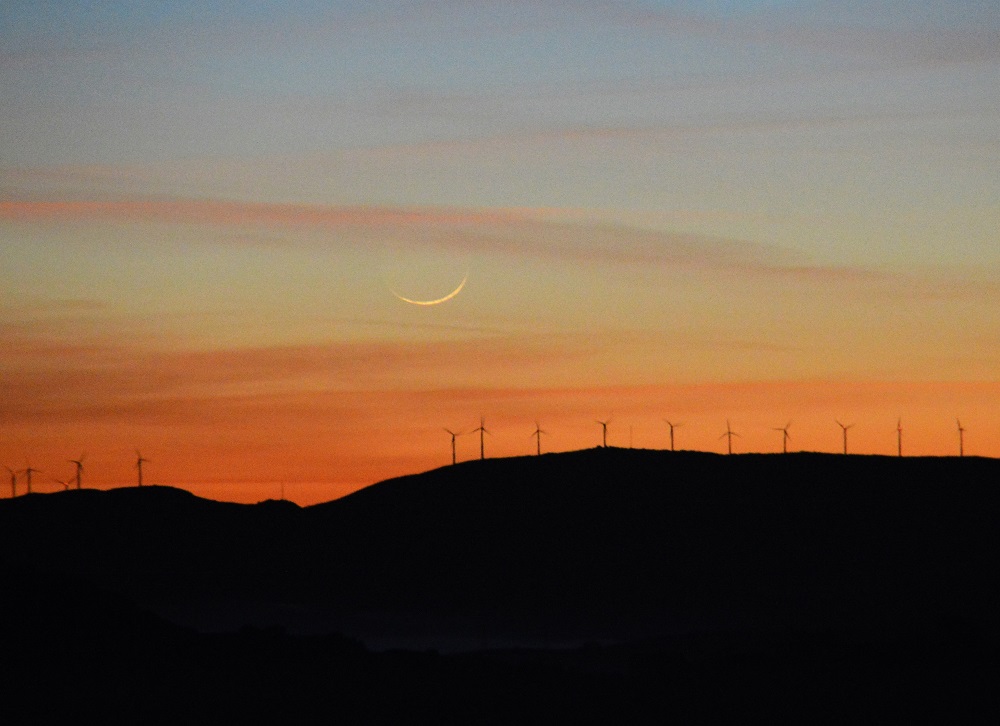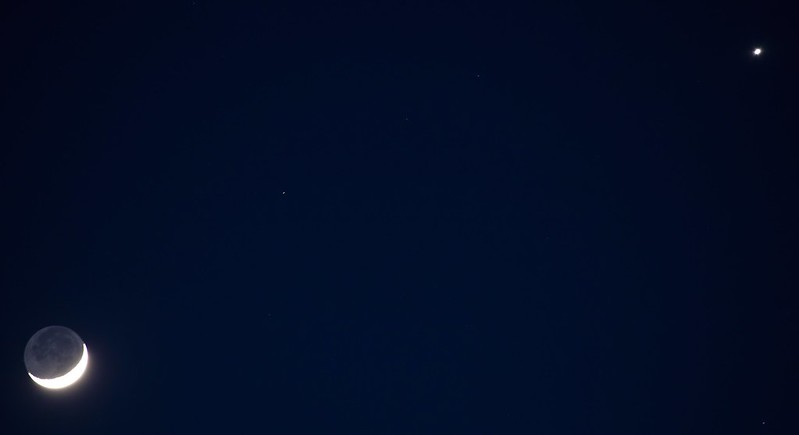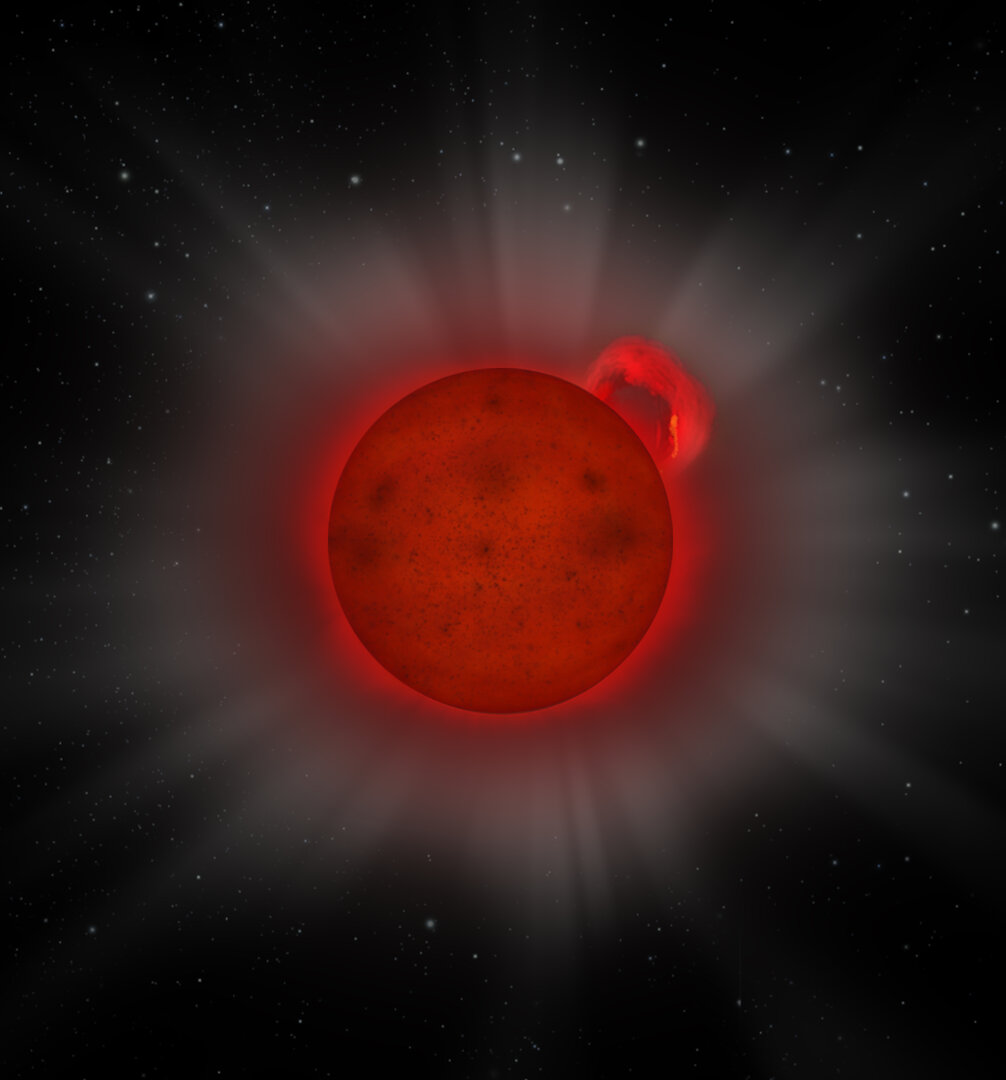A fascinating asteroid named 1998 OR2 pays our neck of the inner solar system a visit early Wednesday morning, and if skies are clear, you might just get a chance to watch it slide by.
Continue reading “Watch Asteroid 1998 OR2 Zip Past Earth This Week”Catching the Peak of the 2020 April Lyrids
Stuck at home with clear skies? We’re all in a similar situation, as the ongoing pandemic sees most of the worldwide amateur astronomy community observing from home or from their backyard. One astronomical sure-fire event coming up this week requires no special equipment, just a set of working ‘Mk-1 eyeballs’ and a clear sky: the April Lyrids.
Continue reading “Catching the Peak of the 2020 April Lyrids”Comet Y4 ATLAS Breaks Up…Enter Comet F8 SWAN
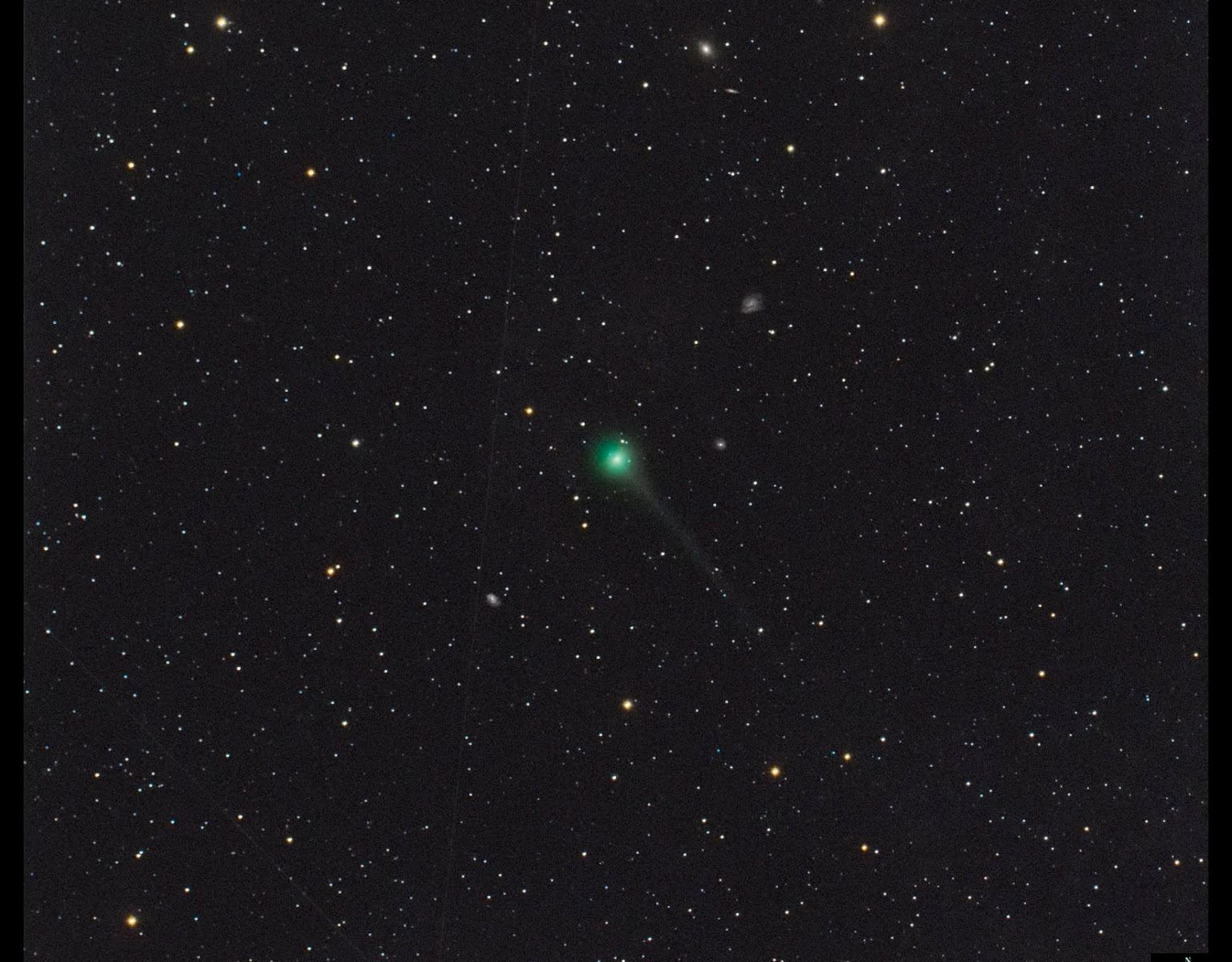
When it comes to comets, the only thing that is certain is the orbital path. Though the cosmos has yet to send us a really bright comet for 2020 to keep us occupied during the ongoing worldwide pandemic and lock down, it has sent us a steady stream of descent binocular comets, including C/2017 T2 PanSTARRS, C/2019 Y1 ATLAS, and C/2019 Y4 ATLAS. And though Y4 ATLAS won’t match the “Comet of the Century” media hype, another interesting binocular comet has just made its presence known over the past weekend: C/2020 F8 SWAN.
Continue reading “Comet Y4 ATLAS Breaks Up…Enter Comet F8 SWAN”Study Finds Bizarre Exoplanet Orbits for Binary Stars
There’s an iconic scene in the original Star Wars movie where Luke Skywalker looks out over the desert landscape of Tatooine at the amazing spectacle of a double sunset. Now, a new study out of the National Radio Astronomy Observatory (NRAO) suggests that such exotic exoplanet worlds orbiting multiple stars may exist in misaligned orbits, far out of the primary orbital plane.
Continue reading “Study Finds Bizarre Exoplanet Orbits for Binary Stars”New Find Shows Uranus Loses Atmosphere to its Magnetic Field
You may never look at Uranus the same way again. It’s always worth combing through data from old space missions for new finds.
NASA’s researchers at the Goddard Space Flight Center recently did just that, looking at Voyager 2’s lone encounter with the planet Uranus to uncover an amazing find, as the planet seems to be losing its atmosphere to it’s lop-sided magnetic field at a high rate. The finding was published in a recent edition of Geophysical Research: Letters.
Continue reading “New Find Shows Uranus Loses Atmosphere to its Magnetic Field”Following Comet Y1 ATLAS: the ‘Lost Comet’ of Spring
Got clear skies? If you’re like us, you’ve been putting the recent pandemic-induced exile to productive use, and got out under the nighttime sky. And though 2020 has yet to offer up a good bright ‘Comet of the Century’ to keep us entertained, there have been a steady stream of good binocular comets for northern hemisphere viewers, including C/2017 T2 PanSTARRS and C/2019 Y4 ATLAS. This week, I’d like to turn your attention to another good binocular comet that is currently at its peak: the ‘other’ comet ATLAS, C/2019 Y1 ATLAS.
Continue reading “Following Comet Y1 ATLAS: the ‘Lost Comet’ of Spring”Dawn Patrol: Following this Month’s ‘March of the Planets’
Are you hanging out at home this week, and looking to observe some naked eye planets? As we mentioned last week, while Venus is shining bright in the dusk sky, all of the other four naked eye planets of Mars, Saturn, Jupiter and Mercury are skulking in the early dawn.
Continue reading “Dawn Patrol: Following this Month’s ‘March of the Planets’”Astronomers Spot Rare Brown Dwarf Pair
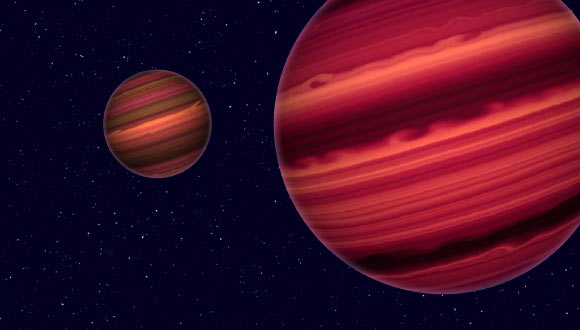
Sometimes, the strangest stellar finds are right in our own cosmic neighborhood. Astronomers recently made an interesting discovery while putting a new set of telescopes through their paces: an eclipsing pair of sub-stellar brown dwarfs.
Continue reading “Astronomers Spot Rare Brown Dwarf Pair”Following the Inner Worlds: Mercury and Venus in 2020
Where have all the planets gone in early 2020? While most of the naked eye planets are hiding in the early dawn sky, one world dominates the evening: brilliant Venus.
Continue reading “Following the Inner Worlds: Mercury and Venus in 2020”XMM Newton Catches a Tiny Flare Star in Action
Sometimes, even small stars can pack a mighty punch. And in the case of a flare star, the results can be awesome. Very awesome.
Astronomers uncovered just such an anomaly recently, culling through data from the European Space Agency’s XMM-Newton orbiting X-ray observatory: the first X-ray flare from a distant cool L-dwarf type star.
Continue reading “XMM Newton Catches a Tiny Flare Star in Action”
